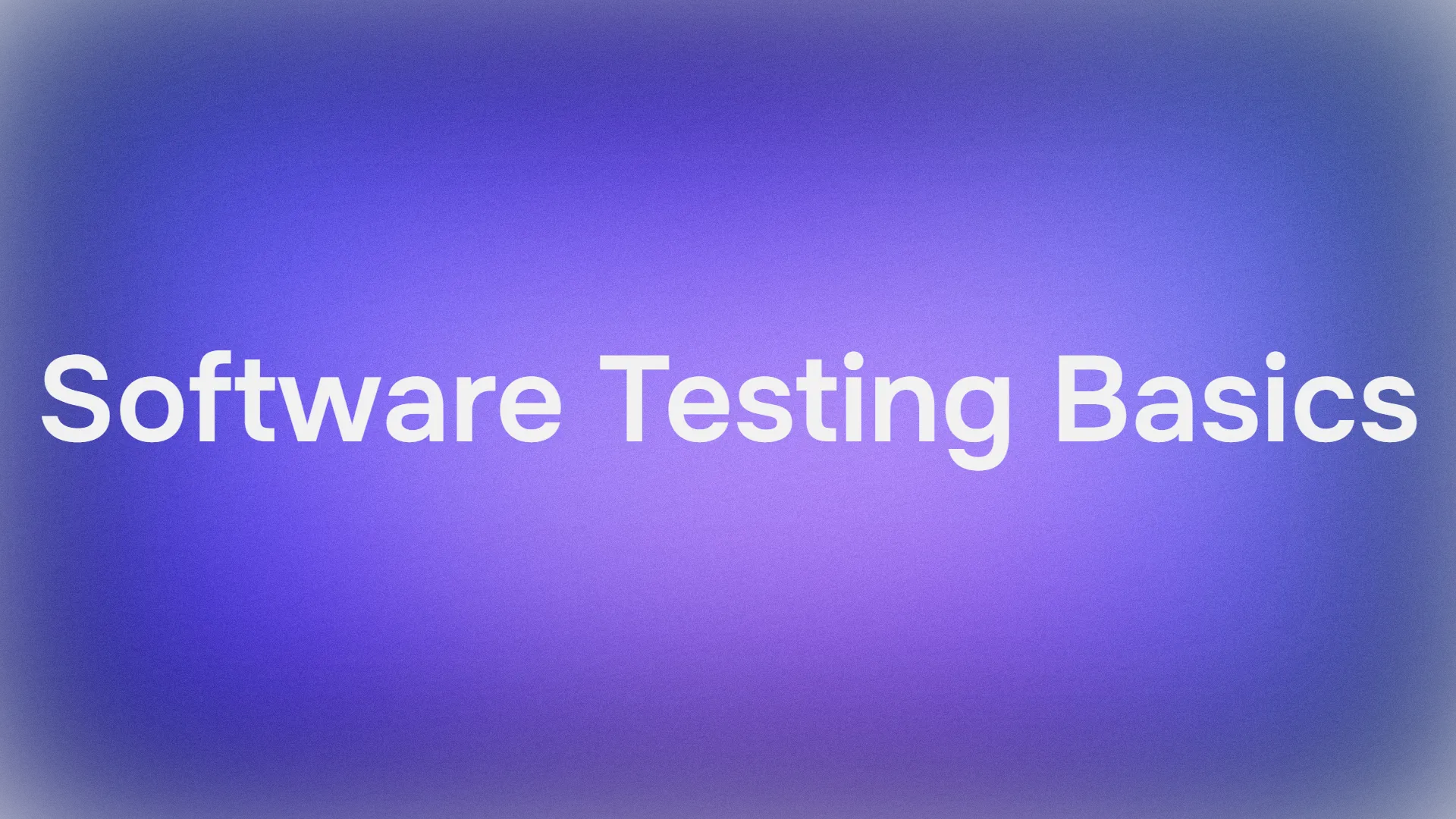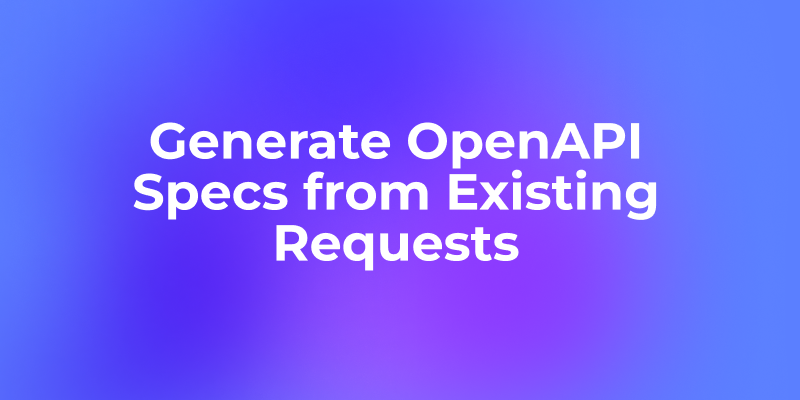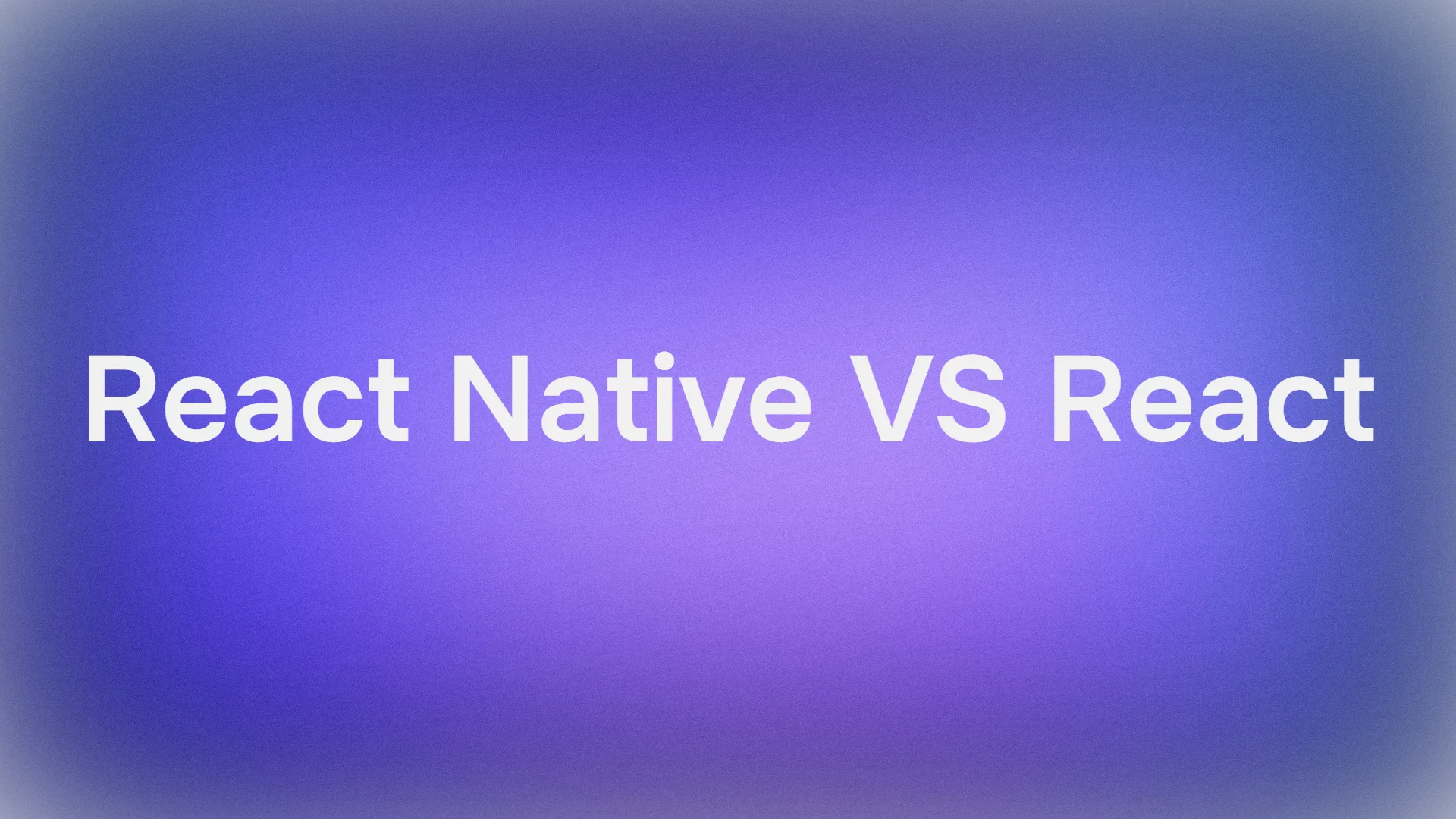The relentless pace of software development and API proliferation has made clear, comprehensive, and up-to-date documentation more critical than ever. However, creating and maintaining high-quality documentation is often a time-consuming and resource-intensive endeavor. Enter the new era of AI doc generator tools, transforming how developers and technical writers create documentation. These innovative solutions, particularly specialized as an API documentation maker, are leveraging artificial intelligence to automate, accelerate, and enhance the entire documentation lifecycle. This article explores the top 10 documentation tools that are setting new standards, with a special focus on why Apidog leads the pack.
The demand for an intelligent documentation tool is driven by several factors: the need for speed in agile environments, the complexity of modern applications and APIs, the importance of developer experience (DX), and the constant evolution of software. AI-powered tools address these challenges by offering features like automated content generation from code or specifications, intelligent suggestions, consistency checks, and even a conversational approach to building technical narratives.
Whether you're documenting internal systems, creating user guides, or publishing detailed API references, the right tool can make all the difference. Let's dive into the best options available today.
1. Apidog: The All-in-One API Lifecycle & AI Documentation Powerhouse
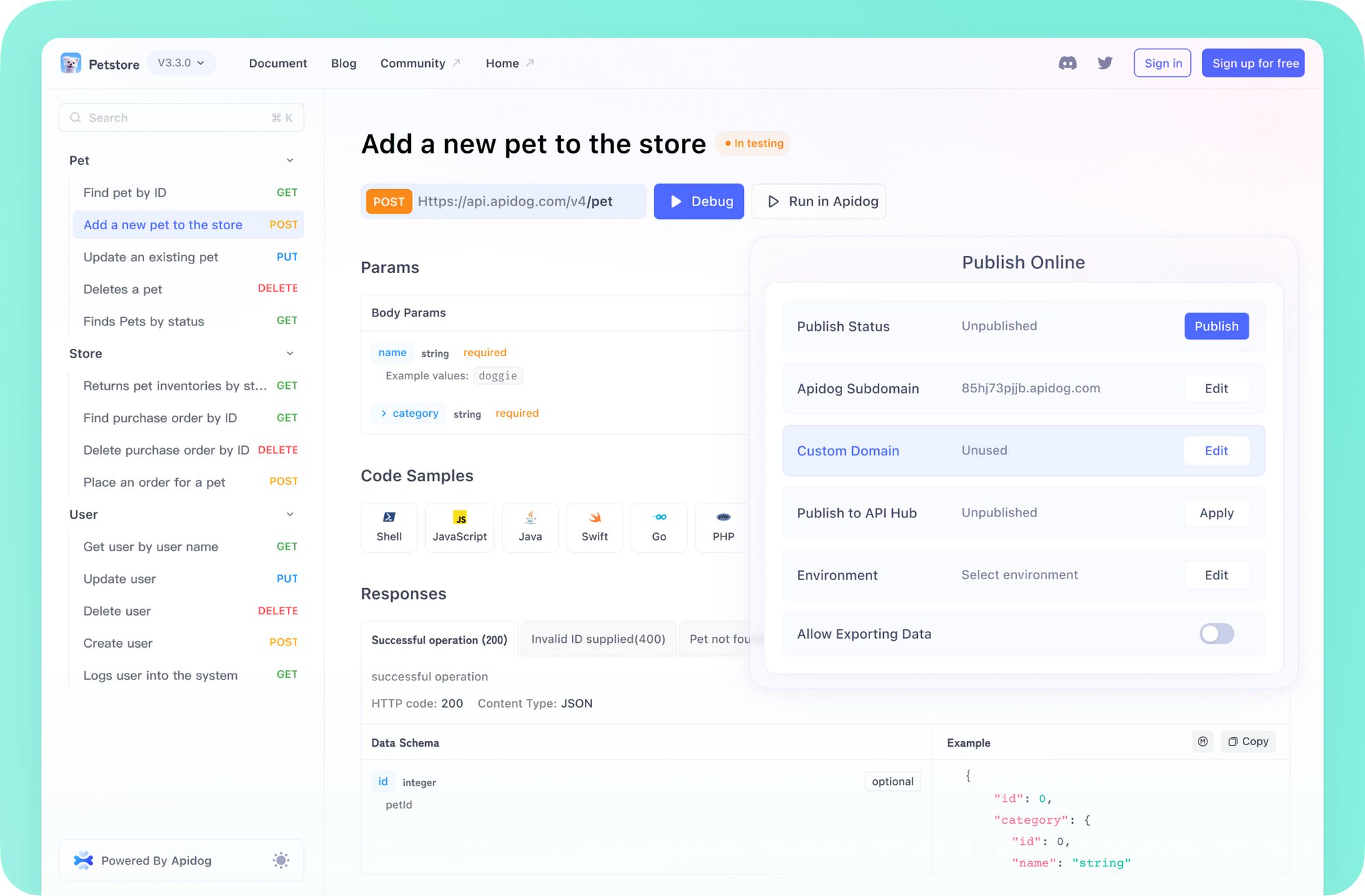
Apidog rightfully claims the top spot due to its comprehensive approach to the entire API lifecycle, seamlessly integrating powerful AI capabilities for documentation generation. It's not just an API documentation maker; it's a unified platform for designing, developing, debugging, testing, mocking, and, crucially, documenting APIs. This holistic approach ensures that documentation is not an afterthought but an integral, continuously updated part of the development process.
Key Features & Why Apidog Shines:
- AI-Powered Documentation Generation: Apidog's AI features are a significant differentiator. It can automatically generate comprehensive API documentation from your API design or by analyzing existing API specifications (like OpenAPI/Swagger). This includes generating descriptions, request/response examples, and parameter details, significantly reducing manual effort. The AI can suggest improvements, ensure consistency, and even help translate documentation into multiple languages.
- Design-First Approach & Real-time Sync: Apidog champions a design-first methodology. As you design or modify your API within the platform, the documentation updates in real-time. This eliminates the pervasive problem of outdated documentation, ensuring accuracy and reliability. Any changes to endpoints, parameters, or models are instantly reflected.

- Interactive API Documentation: The generated documentation is not static. Apidog provides a highly interactive interface where users can try out API endpoints directly from the documentation, view example requests and responses in various languages, and understand API behavior without writing a single line of code. This "try-it-out" functionality is invaluable for developers integrating with your API.
- Comprehensive API Lifecycle Management: Beyond documentation, Apidog offers robust tools for API design (visual editor, schema design), debugging (powerful request sending and assertion capabilities), automated testing (creating complex test scenarios), and smart mocking (generating realistic mock data based on API definitions). This integration means your documentation is always aligned with the actual API implementation and testing.

- Collaboration and Version Control: Apidog is built for teams. It supports collaborative workflows, allowing multiple stakeholders to work on API design and documentation simultaneously. Rich version control features ensure that you can manage different versions of your API and its corresponding documentation effectively.
- Support for Multiple API Protocols: Apidog isn't limited to REST APIs. It offers excellent support for GraphQL, WebSocket, gRPC, and other protocols, making it a versatile documentation tool for diverse API landscapes.
- Customization and Branding: Users can customize the look and feel of their API documentation to match their brand identity, including custom domains, logos, and color schemes, providing a professional and consistent developer experience.
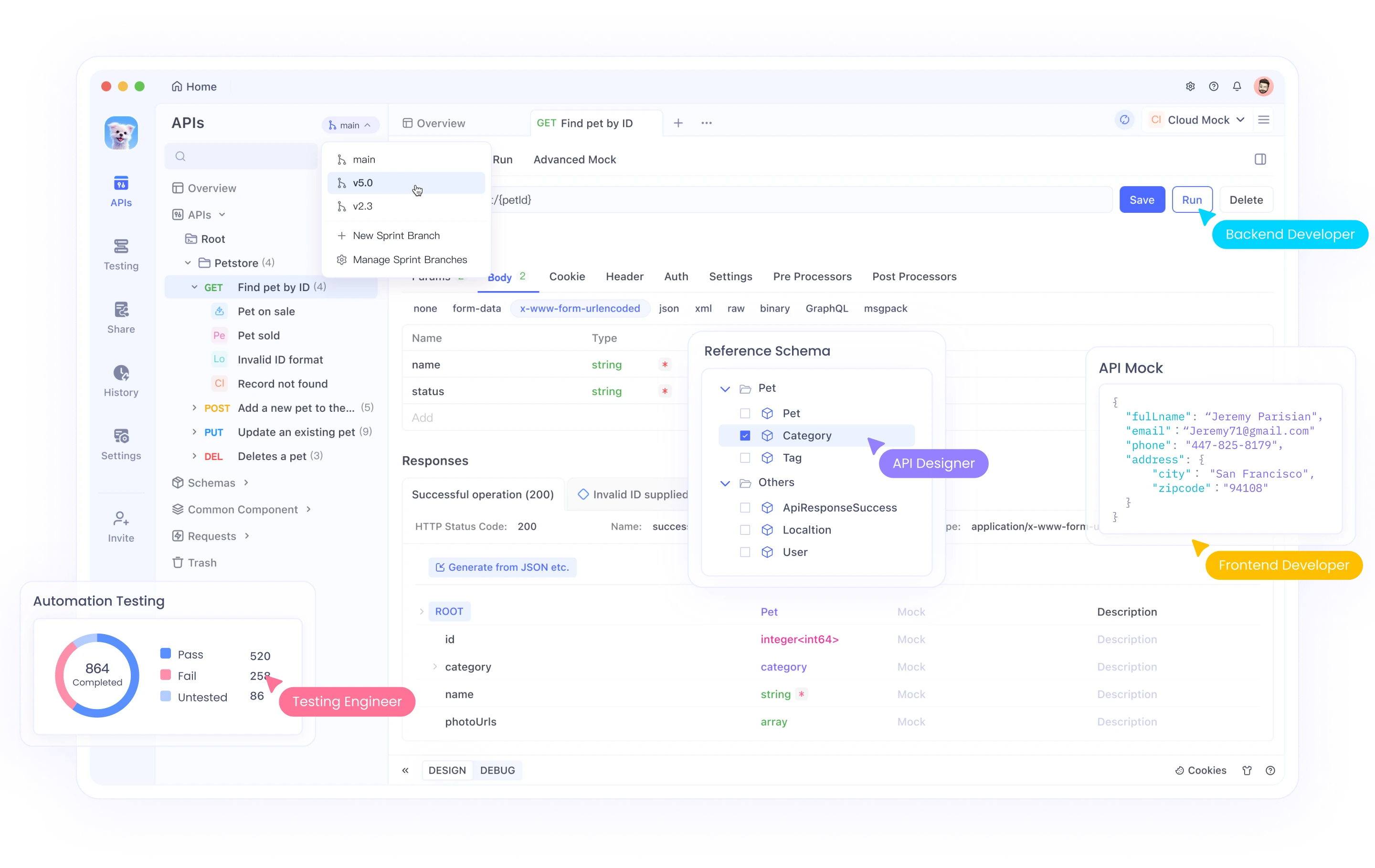
- Ease of Use: Despite its extensive feature set, Apidog boasts an intuitive user interface that simplifies the complexities of API management and documentation.
Apidog’s commitment to integrating AI deeply into the API workflow, combined with its comprehensive feature set, makes it the ultimate AI doc generator and API documentation maker for teams looking to streamline their processes and produce exceptional, always-accurate documentation. It empowers organizations to create documentation that is not only informative but also a pleasure to use.
Want an integrated, All-in-One platform for your Developer Team to work together with maximum productivity?
Apidog delivers all your demands, and replaces Postman at a much more affordable price!
2. Mintlify: AI-Powered Documentation for the Modern Developer
Mintlify has rapidly gained popularity for its AI-driven approach to creating beautiful and effective developer documentation. It focuses on speed and developer experience, using AI to automate content generation and maintain documentation quality.
- AI Content Generation: Mintlify’s AI can help write and refine documentation, generate explanations from code comments, and ensure a consistent tone and style.
- Developer-Focused: It integrates well with developer workflows, supporting Markdown and syncing with Git repositories. Changes in code can trigger documentation updates.
- Excellent User Experience: Mintlify is known for producing clean, easily navigable, and visually appealing documentation sites.
- Limitations: While strong on AI for content, it's more focused on documentation presentation and generation from existing assets rather than the full API design-to-doc lifecycle offered by Apidog.
3. Document360: The AI-Enhanced Knowledge Base Platform
Document360 is a robust platform primarily designed for creating comprehensive knowledge bases, but its AI features and versatility make it a strong contender for software and API documentation as well.
- AI-Assisted Writing: "Eddy," Document360's AI writer, helps users create articles, summaries, and improve existing content. It can suggest rephrasing, check for clarity, and generate content based on prompts.
- Knowledge Base Management: Excels in structuring large volumes of information with version control, category management, and powerful search capabilities.
- Collaboration & Workflow: Offers advanced workflow management and collaboration features suitable for larger teams.
- Versatility: While not a dedicated API documentation maker like Apidog, it can be adapted for API documentation, especially for user guides and tutorials accompanying APIs. Its AI helps in the general process to create documentation.
4. ReadMe: Interactive API Hubs with a Focus on DX
ReadMe has long been a popular choice for creating interactive and user-friendly API documentation. It emphasizes developer experience and provides tools to help users understand and integrate with APIs quickly.
- Interactive API Explorer: Allows users to make real API calls directly from the documentation.
- Personalized Documentation: Can show personalized examples and logs to authenticated users.
- Metrics and Insights: Provides analytics on how developers are using your documentation and APIs.
- AI Potential: While traditionally focused on interactivity, ReadMe is incorporating AI to suggest improvements and streamline documentation management. It's a strong API documentation maker, though Apidog offers a more integrated AI and lifecycle approach.
5. Swagger (OpenAPI) & Swagger UI: The Industry Standard Foundation
The OpenAPI Specification (formerly Swagger) is the industry standard for describing RESTful APIs. Swagger UI is a popular open-source tool that renders OpenAPI specifications as interactive API documentation.
- Standardization: Ensures a consistent and machine-readable API definition.
- Interactive UI: Swagger UI provides a basic but effective "try-it-out" functionality.
- Ecosystem: A vast ecosystem of tools supports OpenAPI, allowing for code generation, testing, and more.
- Limitations for AI & Management: While foundational, OpenAPI itself is a specification, not an AI-powered documentation tool. Tools like Apidog often ingest OpenAPI specs and then add significant AI-driven value, management features, and a more polished user experience.
6. Postman: API Platform with Integrated Documentation
Postman is widely known as an API client for testing and development, but it also offers robust features for creating and publishing API documentation.
- Automatic Documentation from Collections: Postman can automatically generate documentation based on your API request collections.
- Run in Postman Button: Allows users to import collections directly into their Postman instance.
- Integrated Testing & Mocking: Documentation stays in sync with your tests and mock servers.
- AI on the Horizon: Postman is increasingly integrating AI features across its platform, which will likely further enhance its documentation capabilities. It’s a strong API documentation maker, especially for teams already embedded in its ecosystem, though Apidog provides a more holistic AI-driven design-to-documentation experience.
7. Stoplight: Design-First API Documentation
Stoplight is another platform that emphasizes a design-first approach to API development, with strong documentation features built around the OpenAPI Specification.
- Visual API Designer: Offers a user-friendly interface for designing and modeling APIs.
- Automatic Documentation: Generates documentation directly from your API designs and OpenAPI files.
- Style Guides & Governance: Helps enforce API design consistency across teams.
- Collaborative Platform: Facilitates teamwork in API design and review. While a powerful documentation tool, its AI features for content generation might not be as prominent as those in Apidog or Mintlify.
8. GitBook: Modern Documentation for Teams
GitBook is a modern documentation platform that is popular for creating everything from technical docs and knowledge bases to API references. It focuses on ease of use and collaboration.
- Markdown-Based: Simple and intuitive for writers familiar with Markdown.
- Git Integration: Seamlessly integrates with Git workflows for version control and collaboration.
- AI Writing Assistance: GitBook has introduced AI features to help draft content, summarize information, and improve writing quality.
- Versatility: Suitable for a wide range of documentation needs, making it a flexible documentation tool that helps teams create documentation efficiently.
9. Theneo: AI-Powered API Documentation Generation
Theneo focuses on leveraging AI to automatically generate Stripe-like API documentation with minimal effort. It aims to take your API specification and quickly produce beautiful, interactive docs.
- AI-Driven Generation: Upload an API spec (e.g., Postman Collection, OpenAPI), and Theneo's AI generates initial documentation, including descriptions and examples.
- Interactive Docs: Provides a clean, user-friendly interface for developers to explore API endpoints.
- Focus on Automation: Strives to reduce the manual work involved in creating and maintaining API documentation.
- Emerging Player: While promising, especially for its AI-first approach to API documentation, it's one of the newer tools compared to the more established comprehensive platforms like Apidog.
10. Docusaurus: Open-Source Documentation Websites
Docusaurus is an open-source static site generator optimized for creating documentation websites. Maintained by Facebook, it's popular for projects that need versioning, translations, and a custom look and feel.
- React-Powered: Built with React, allowing for extensive customization and interactivity.
- Versioning & i18n: Excellent built-in support for managing documentation versions and translating content.
- Markdown-Based: Easy to write and manage content.
- Community & Extensibility: Being open-source, it has a strong community and can be extended with plugins.
- AI Integration: While Docusaurus itself isn't an AI doc generator, it can be combined with external AI writing tools or scripts to populate its Markdown content. It's a powerful free documentation tool for those willing to set it up.
The Future is AI-Driven Documentation
The landscape of documentation tools is rapidly evolving, with AI at the forefront of this transformation. The ability to automatically generate, intelligently suggest, and continuously update technical content is no longer a futuristic vision but a present-day reality. Tools like an AI doc generator and a specialized API documentation maker are becoming indispensable for efficient software development and successful API adoption.
While all the tools listed offer unique strengths, Apidog stands out for its holistic integration of AI across the entire API lifecycle. Its comprehensive feature set, design-first approach, real-time synchronization, and powerful AI-driven documentation capabilities make it the top choice for development teams aiming to create documentation that is accurate, interactive, and effortlessly maintained. As AI continues to advance, we can expect these tools to become even more intuitive and powerful, further revolutionizing how we approach technical documentation.

